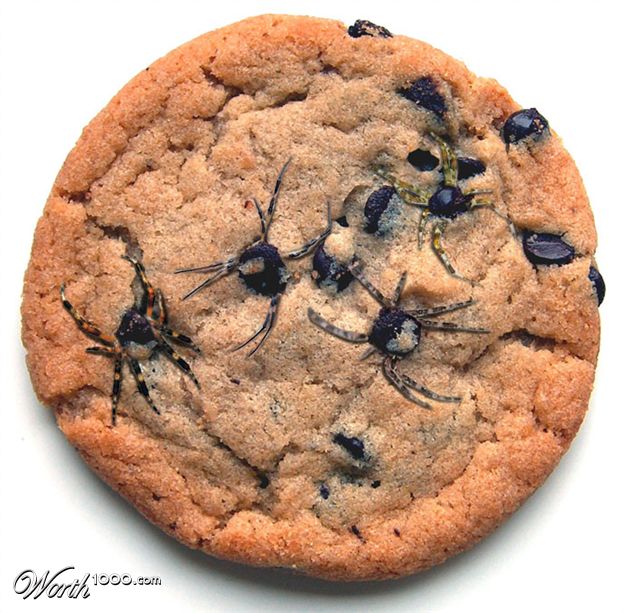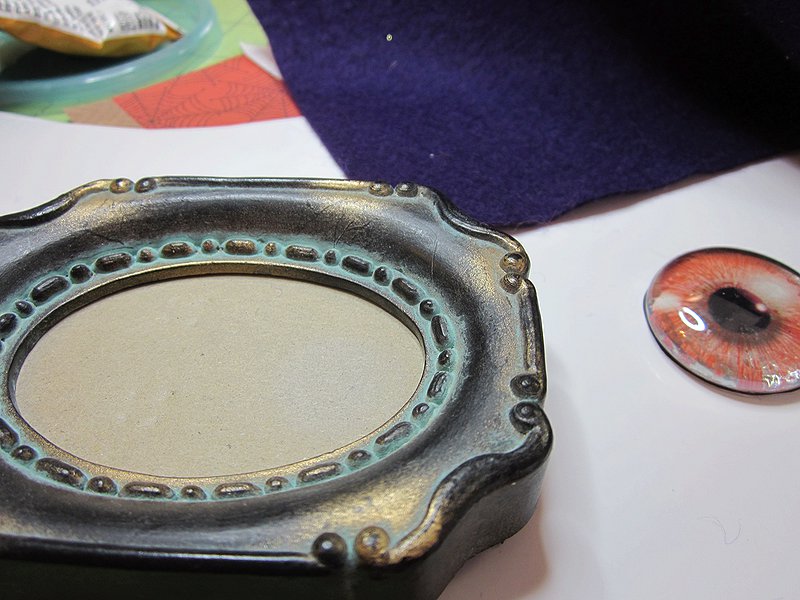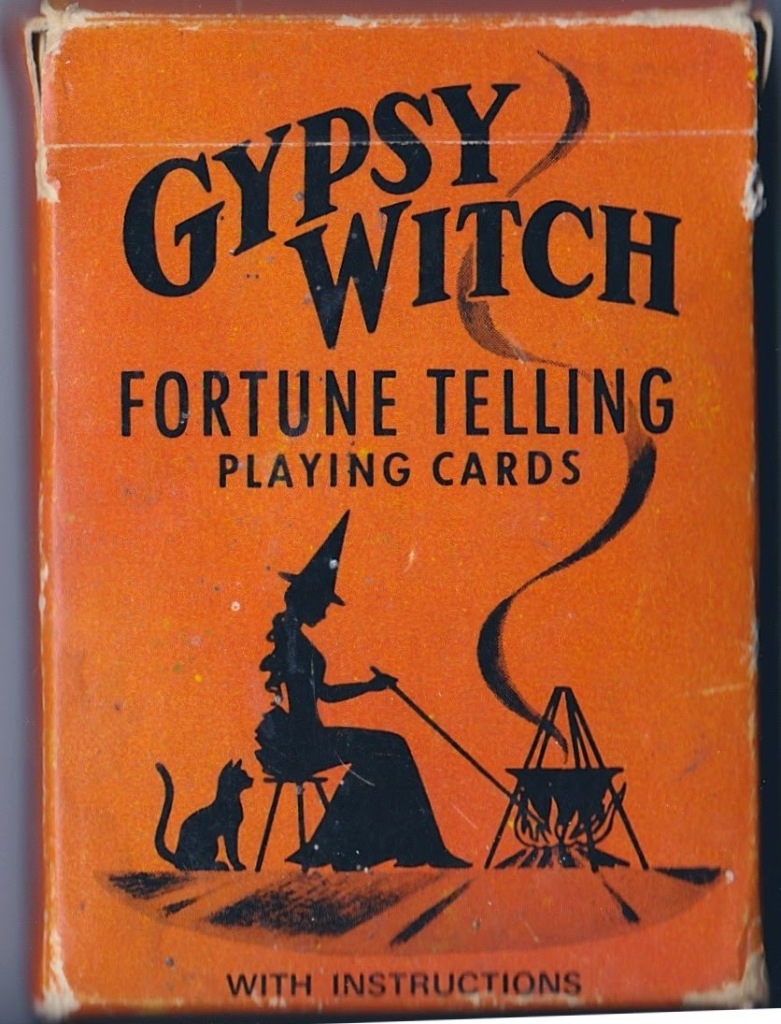
Inkle, Punkle, and Thrum
Today’s project is inspired by the work of Maureen Carlson.

Maureen Carlson’s Stacked Totems
I came across her stacked bead totems in an issue of Polymer Cafe. I knew someday I had to try it. When I was brainstorming for my Month of Spookdays this year, I remembered her fantastic bead stacks. They had to get the Halloween treatment.
The stacks consist of a base bead, which should have a tight fit, fill beads, face beads, and finials on the top, which are only pierced on the bottom, and should also have a tight fit.

I started by grabbing some Sculpey and making a few faces. These would become molds I would use for beads. I’m using Sculpey for this project because I have a lot of it, and want to get rid of it to make room for better clays (because now I have one of these magnificent beasts, and can condition harder clays without killing my hands). I ended up deciding the long face was too big. Also, it didn’t mold well, because I suck at making molds. Instead, I sculpted a little cat face (Thrum) right on the bead.

While I was curing molds I started making the other beads I would use on the stack. I used stamps, texture plates, even the grip on my sculpting tools to get texture. The long tube beads were made by making one long tube and cutting after baking. That worked better than I thought it would.
I used a knitting needle for bead piercing. If the clay is too soft, it helps to pop it in the refrigerator for 30 minutes. Now, I could have made these beads all neat and perfect, but I was already over schedule on this project, so I left them a bit primitive. I’m okay with that—I think it adds to the charm in the end.

The beads are colored using alcohol inks and a spray bottle full of 91% rubbing alcohol. Mix alcohol and ink in a small cup, and roll the beads around in it to “pot dye” them. Afterwards, play with dripping, spraying, and wiping back with a paper towel. I decided these beads weren’t dark enough after pot dying, so I dripped some straight purple on them and turned them over the dye pot.
I made sure my three base beads were the only green ones, as they fit much more tightly than the filler beads.
On the face beads, I also used quite a bit of Copic Marker, for greater control.

Here are the beads ready to go in the oven to set the dye. If you make beads, I highly recommend a baking rack! After dying, bake them the same way you would the clay. After that’s done, they get a very thin coating of liquid polyclay. I emphasize very thin, because I had some drips and sticky parts I had to smooth down and re-bake. In the foreground here, you can see my finials a little. I made a witch hat, a ghost, and a moon. I used a stylus tool to make little dots that would catch pigment, and gave them a bit of a shimmer with pearl ink.

Here are Thrum, Inkle, and Punkle after their first cure.
Carlson has several great techniques for adding ink-catching texture. My new favorite is rolling out a very thin sheet of clay, tearing it into bits and layering it on the bead. She likes to tear it into strips to frame her faces. She also cuts slits in the surface, and inserts beads (see below).

Here’s Punkle (with Thrum in the background) with a coat of liquid Fimo, ready for a final bake (don’t worry, I only put it on the top half. Then I figured out he’d fit on the rack, and coated the rest of him.) The beads are baked a total of three times: once after sculpting for the initial cure, once after applying ink, then once after applying liquid polyclay for a final protective coat. Punkle, I admit, is my favorite of the face beads.

Here’s a detail shot of Punkle’s back, where I cut slits and inserted beads. If you use beads, insert them deeply, so they stay. I also like to use a tiny, tiny bit of liquid polyclay before I apply beads. It acts as a glue, and makes a very firm attachment.
To get the color on Punkle, he was first pot dyed in orange, then I took an Argyle Purple Copic and went over the edges in small sections. Then I put a little alcohol on my finger, rubbed it lightly over the Copic, and wiped back. I also ended up using a yellow Copic over the whole thing to warm up the colors. A Lipstick Red Copic was used over the dots in the face to make them stand out, and a few different green Copics were used for the eyes.

I started to make stands, but I wasn’t happy with them. If you’d like to make stands, form a conical armature from foil. Give it a wide base and pack it tightly. Add a layer of scrap clay, then a layer of top clay. Pierce the top deeply so it will hold your stick. Add details, then go through the same baking and coloring steps as the beads.
Since I didn’t like how my stands were going, I wondered what else I could use. Duh—bottles! The vintage bottle I used to form my Makit & Bakit Votive Sleeve has siblings (and at least a dozen cousins). Here they make an appearance as stands. I used a chopstick to hold the beads. Chopsticks are always handy—I get them in huge bags from the local Asian grocery.
I like this a lot better than the stands—the old, dusty bottles add to the rustic feels of the dolls.
Raffle status: Yes, these will be going, minus the bottles. You will have to get your own bottles.


















































































